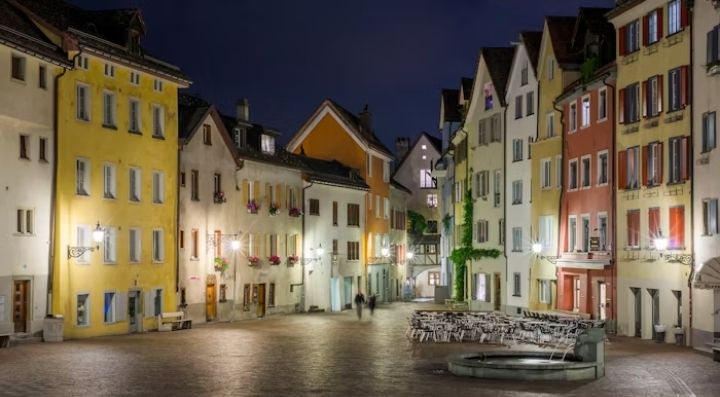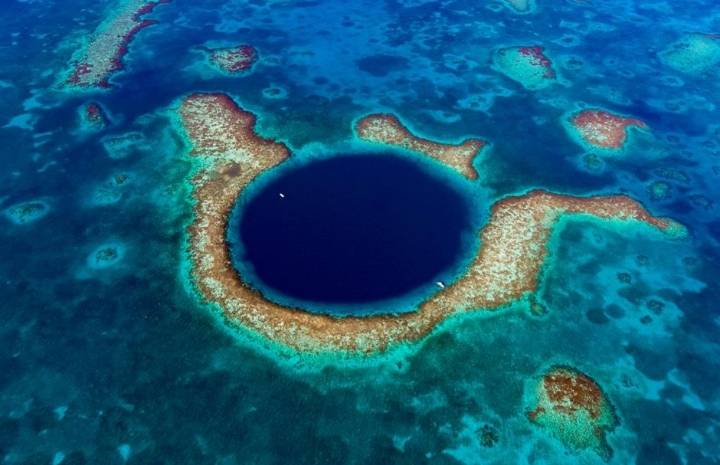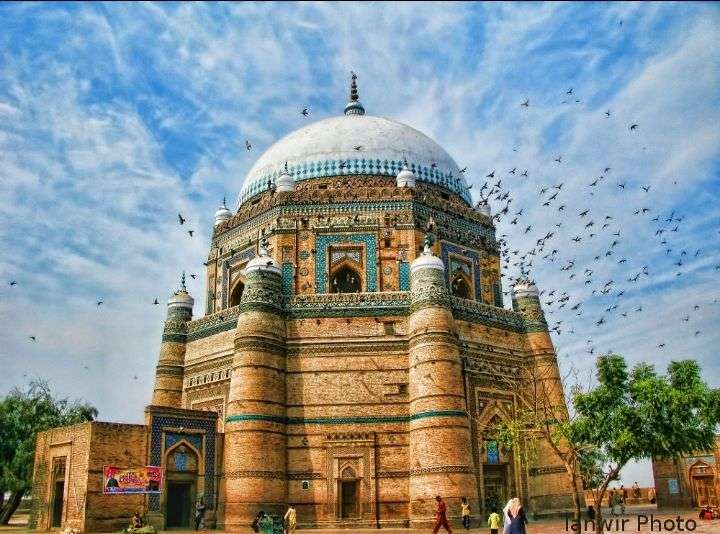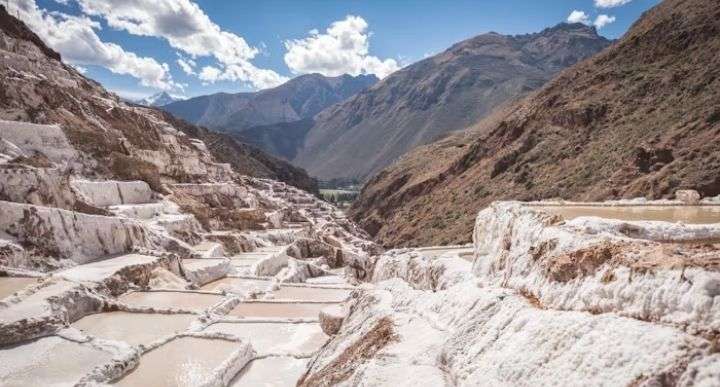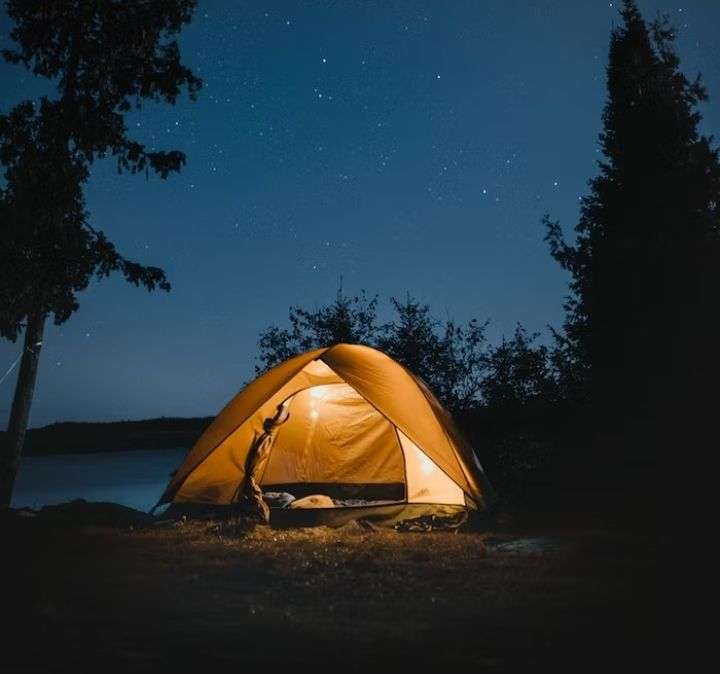Embark on a captivating journey through the hidden gems of Philippines, where every step unveils a treasure trove of beauty and culture. As you navigate this archipelago of over 7,000 islands, each with its unique charm, you’ll find yourself immersed in a tapestry of experiences that go beyond the ordinary.
From the pristine beaches of Boracay to the serene mountain town of Sagada, the Philippines offers a diverse array of destinations that cater to every traveler’s desires. Traverse cobblestone streets in Vigan and witness the intriguing hanging coffins in Sagada. Explore the underwater wonders of Coron and the cultural richness of Davao City.
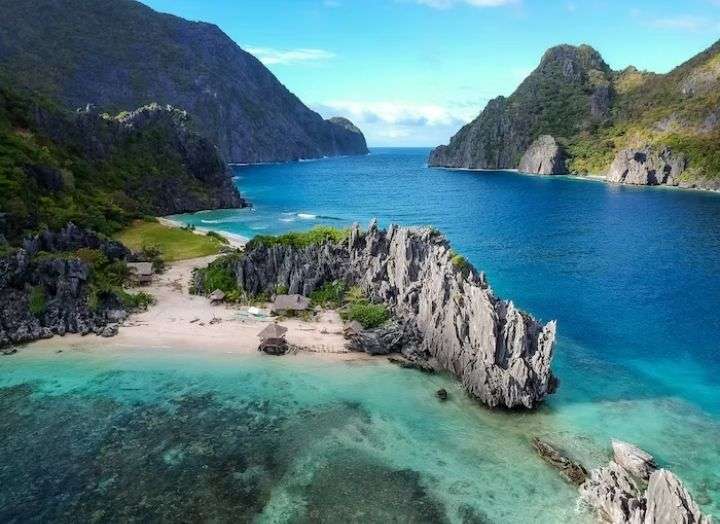
Whether you seek adventure, relaxation, or a glimpse into the country’s rich history, the Philippines invites you to discover its hidden gems, promising an unforgettable journey that goes beyond the postcard-perfect scenes.
Contents
Location
The Philippines is strategically located in the western Pacific Ocean, sharing maritime borders with Taiwan to the north, Vietnam to the west, and Malaysia to the southwest. The country is divided into three main geographical divisions: Luzon, Visayas, and Mindanao. Manila, the capital city, is situated in Luzon and serves as the gateway to this tropical paradise.
Special Features:
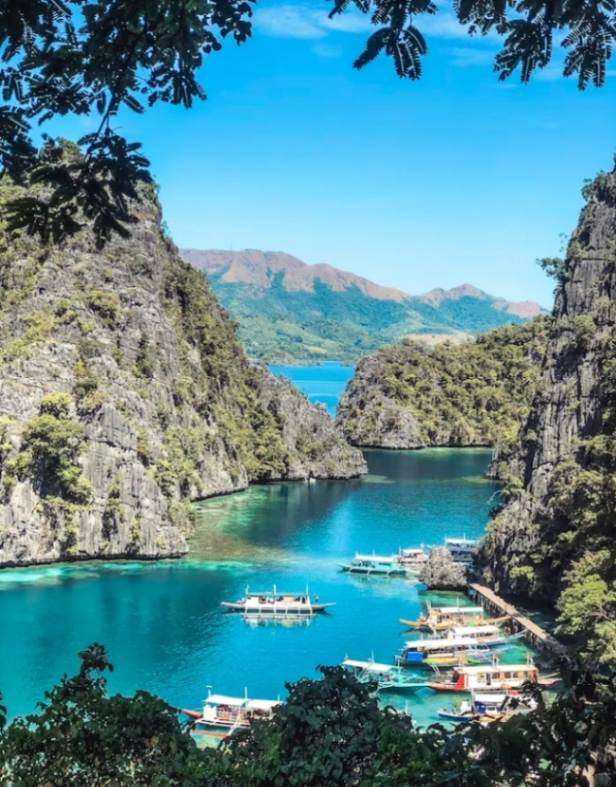
Biodiversity Hotspot:
The Philippines boasts incredible biodiversity, making it a hotspot for nature enthusiasts. With lush rainforests, diverse marine life, and unique flora and fauna, the country is a haven for ecotourism. Palawan, often referred to as the “Last Ecological Frontier,” is a UNESCO World Heritage site known for its pristine landscapes and the stunning Puerto Princesa Underground River.
Cultural Melting Pot:
The Philippines is a melting pot of cultures, shaped by centuries of influence from Spanish, American, and Asian traditions. Visitors can explore the historical walled city of Intramuros in Manila, sample a fusion of flavors in Filipino cuisine, and witness vibrant festivals that showcase the rich cultural tapestry of the nation.
Volcanic Wonders:
The Philippines is part of the Pacific Ring of Fire, resulting in a landscape dotted with volcanoes. Mount Mayon, known for its perfect cone shape, and Taal Volcano, located in a picturesque lake, are just a couple of the country’s volcanic wonders that offer both thrilling adventures and breathtaking views.
Boracay Island:
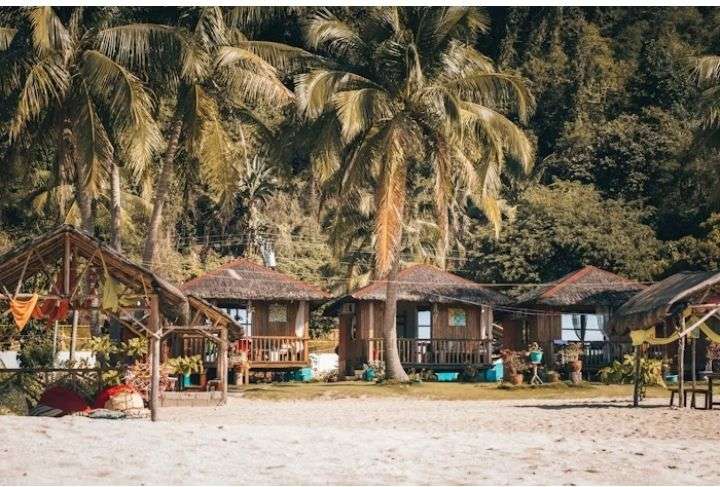
famous for its powdery white sand beaches and vibrant nightlife, Boracay is a tropical paradise that attracts sun-seekers and water sports enthusiasts alike. The island offers a perfect blend of relaxation and adventure, with activities ranging from beach bumming to snorkeling and kiteboarding.
Chocolate Hills, Bohol:
A geological marvel, the Chocolate Hills are a series of perfectly cone-shaped hills that turn chocolate brown during the dry season. This unique landscape, combined with the tarsier sanctuaries and the picturesque Loboc River, makes Bohol a captivating destination for nature lovers.
Siargao Island:
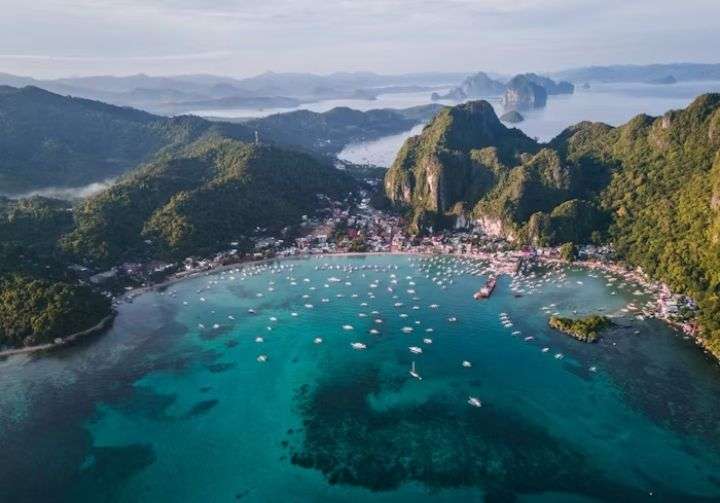
Known as the “Surfing Capital of the Philippines,” Siargao Island is a paradise for surfers and beach lovers. The Cloud 9 surf break is internationally renowned, and the laid-back atmosphere of the island makes it an ideal retreat for those seeking a more relaxed vibe.
Sagada, Mountain Province:
Nestled in the Cordillera Mountains, Sagada is a serene mountain town known for its stunning landscapes and unique burial practices. The hanging coffins and the picturesque Echo Valley are among the attractions that draw visitors seeking a peaceful and culturally rich experience.
Davao City:
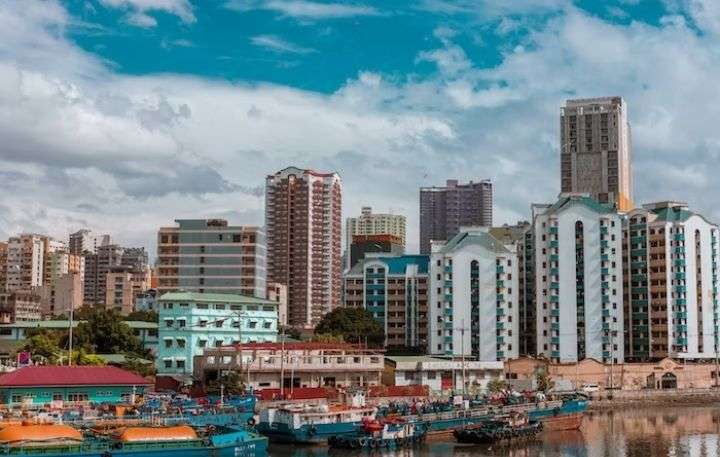
Located in Mindanao, Davao City is a vibrant metropolis known for its safety, cleanliness, and the iconic Mount Apo, the highest peak in the Philippines. The city offers a mix of urban amenities, cultural attractions, and outdoor adventures, including visits to the Philippine Eagle Center and the quirky D’ Bone Collector Museum.
Vigan, Ilocos Sur:
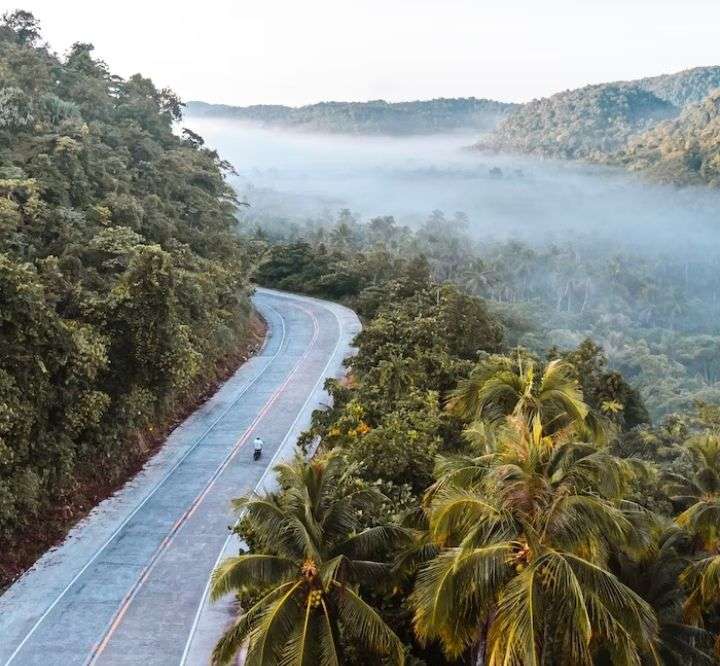
A UNESCO World Heritage Site, Vigan is renowned for its well-preserved Spanish colonial architecture. Cobblestone streets, ancestral houses, and the iconic Calle Crisologo transport visitors back in time, offering a glimpse into the country’s colonial past.
Camiguin Island:
Known as the “Island Born of Fire,” Camiguin is a small but captivating island with a wealth of natural wonders. Hot springs, waterfalls, and the sunken cemetery, a result of volcanic activity, make this island a unique destination for those seeking a mix of adventure and relaxation.
Batanes Islands:
The northernmost province of the Philippines, Batanes is a group of rugged islands known for its breathtaking landscapes. Rolling hills, cliffs, and traditional stone houses create a picturesque setting that feels like a different world. The unique Ivatan culture adds to the charm of this remote destination.
Coron, Palawan:
Coron is famous for its crystal-clear lakes, vibrant coral reefs, and stunning limestone cliffs. The Coron Island Loop, which includes stops at Kayangan Lake and Twin Lagoon, offers some of the most awe-inspiring scenery in Palawan, making it a paradise for nature lovers and underwater enthusiasts.
Dumaguete City:
Known as the “City of Gentle People,” Dumaguete is a university town with a relaxed atmosphere. It serves as a gateway to various attractions, including Apo Island, a renowned marine sanctuary, and the captivating Casaroro Falls, which is nestled in the heart of the lush Negros Oriental mountains.
Maniwaya Island, Marinduque:
For those seeking a tranquil island escape, Maniwaya Island offers pristine beaches, turquoise waters, and a laid-back atmosphere. The Palad Sandbar and the centuries-old Boac Cathedral add to the island’s charm, making it a hidden gem for those looking to unwind.
Conclusion:
The Philippines, with its diverse landscapes, rich cultural heritage, and warm-hearted people, offers a tapestry of experiences for every type of traveler. Whether you’re drawn to the natural wonders, cultural treasures, or the sun-soaked beaches, a journey through the Philippines promises a memorable adventure filled with warmth, beauty, and hospitality.
Frequently Asked Questions (FAQ) for Traveling to the Philippines:
Is the Philippines safe for tourists?
The Philippines is generally safe for tourists, and millions visit each year without encountering significant issues. However, like any destination, it’s advisable to exercise caution and be aware of your surroundings. Certain areas may have specific travel advisories, so it’s recommended to check the latest information and adhere to local guidelines.
Is the Philippines an expensive destination?
The cost of living in the Philippines is relatively lower compared to many Western countries, making it an affordable destination for travelers. Accommodations, meals, and transportation are generally budget-friendly. However, expenses can vary depending on your travel style and the region you visit. Popular tourist destinations may have slightly higher prices than more remote areas.
What amount should I allocate for a trip to the Philippines?
The budget for a trip to the Philippines can vary based on factors such as the duration of stay, type of accommodation, and activities planned. On average, a mid-range budget for accommodation, meals, transportation, and activities could range from $50 to $100 per day. Luxury travel may cost more, while budget travelers can find options for less.
What is the local currency, and are credit cards widely accepted?
The local currency is the Philippine Peso (PHP). Credit cards are widely accepted in urban and tourist areas, but it’s advisable to carry cash, especially in more remote locations. ATMs are accessible in major cities and towns.
When is the optimal period to explore the wonders of the Philippines?
The Philippines has a tropical climate, and the best time to visit is during the dry season, which typically runs from November to April. The months of December to February are considered peak tourist season, offering pleasant weather for beach activities and exploration.
Do I need a visa to visit the Philippines?
Citizens of many countries, including the United States, Canada, and most European nations, can enter the Philippines for tourism purposes without a visa for stays up to 30 days.
What are the must-visit destinations in the Philippines?
The Philippines offers a diverse range of destinations. Must-visit places include Palawan (El Nido and Coron), Boracay, Siargao, Cebu, and cultural gems like Vigan and Sagada.
What are the local customs and cultural norms?
Filipinos are known for their warmth and hospitality. It is customary to greet people with a smile and respect local customs. Modesty is appreciated, especially in more conservative areas. Tipping is common, usually around 10% in restaurants.
Remember to check for any travel advisories, keep important documents secure, and embrace the friendly and vibrant culture of the Philippines.
I’m originally from Manchester (England) but I currently live in New York. I started this travel blog all the way back in 2009 to provide travel advice that wasn’t available in the guidebooks.
Since then I’ve traveled to over 60 countries, a lot of the time, solo. My site is filled with destination guides, things to do, epic itineraries and money-saving travel tips. I hope I can inspire you to see the world!

